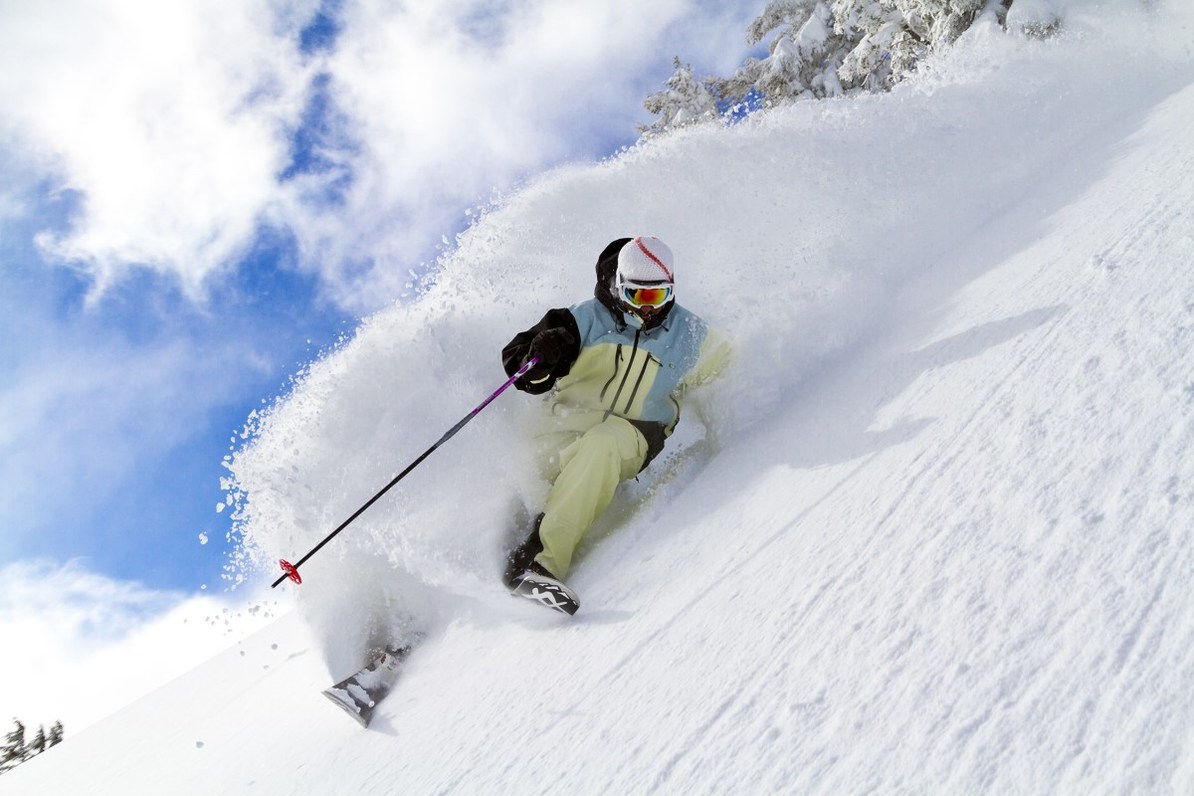You are here
Looking to hone or improve your photography skills? This series offers some great tips and tricks to do just that. Have something to add or have a specific question? Please share in the comments below.

Randy Boverman, photo by Kyle Griffith, compliments of Pro Photo Supply
“Batteries have come a long way, and these days I usually wear out before my camera does, but the cold does sap battery power. On extended shoots I will carry extras with chemical hand warmer packs rubber banded to them. Lithium AAs also do much better in the cold than alkaline batteries, and are much lighter too. When I shoot in snow with my Canon 1D series cameras I don’t take any special precautions and I’ve never had a failure. They will ice up completely and I just keep the lens and viewfinder clear. The LCD will sometimes be affected by the cold, though.” - Randy Boverman
Most memory cards are tested down to -25 degrees C and very few problems have been reported. The processing speed may be a bit slower in the colder temps, but your biggest concern is probably not dropping it in the snow if you need to swap it out or put it in your "warming" pocket at the end of the shoot.
“As far as I’m concerned your number one camera destroying enemy is condensation. It’s tempting to get back into the warmth at the end of the day and open up your bag to get your cards and start editing, but that is the very last thing you want to do. Take your cards out while you’re still in the cold and put them in your pocket. When you get inside don’t open your camera bag until it comes up to room temperature. This way the outside of your bag condensates instead of your camera gear. After your bag has come up to room temperature take all your gear out & hang the bag up to dry. If you put dry gear in a wet bag you’re just asking for internal fog spots. It might seem a little overkill but when I take my gear out to dry I like to take all the caps off, open all the battery doors, remove the batteries and let it all dry out. The next morning it all goes back together, dry and happy.” - Tim Zimmermann

Photo by Tim Zimmermann, compliments of Pro Photo Supply
Keep your camera bag organized and keep it shut. When shooting in the rain or snow, you'll limit the amount of moisture in your equipment if you can get in and out of your camera bag quickly. The key is zipping it back up before your ski buddy whitewashes you, and everything in your bag.
Modern digital cameras are well equipped with accurate exposure meters, but they need to be used properly in order to get the well-exposed photos you're looking for. In very snowy conditions, where just about everything is white, you may need to dial in +1 or +2 stops of exposure compensation if you want white snow to be white, and not an 18 percent middle grey. Remember that most auto exposure systems assume the scene they are metering is 18 percent grey and expose accordingly. If your LCD is working properly, you can check the histogram to ensure you're getting the desired results.

Photo by Randy Boverman, compliments of Pro Photo Supply
Cold weather photography may not be for everyone, but Randy Boverman makes a strong argument for why he keeps at it, and why you may want to, also:
“As a ski photographer for over 25 years, I have spent a lot of effort taking care of my photo gear to make sure I am able to bring home the shots. I truly believe interesting weather makes for interesting photos, so I don’t consider just waiting for sunny days an option! Skiing and the mountains are a big part of my life. It is not easy to bring back images when you must endure freezing temperatures, but for me it is well worth it!”
As much as we worry about our equipment. The fact is, we'll probably get cold and "fail" before our camera does. Be sure to bundle up and layer appropriately. Keep your toes and fingers free of frostbite, and maybe even bring a thermos of your preferred hot beverage.





Comments
http://www.theclymb.com/stories/passions/technology/6-winter-photography-tips/
Sign In and share them.